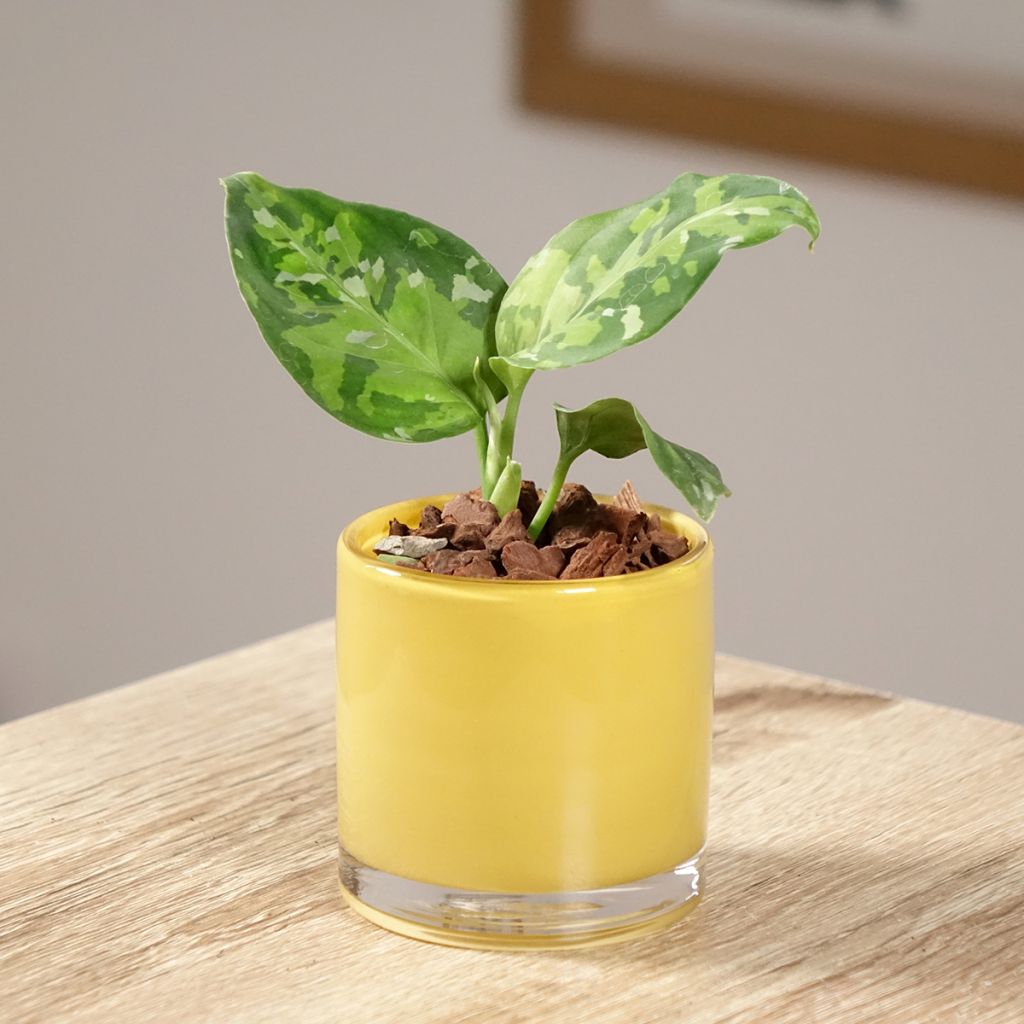

Aglaonema pictum Tricolor - Chinese evergreen
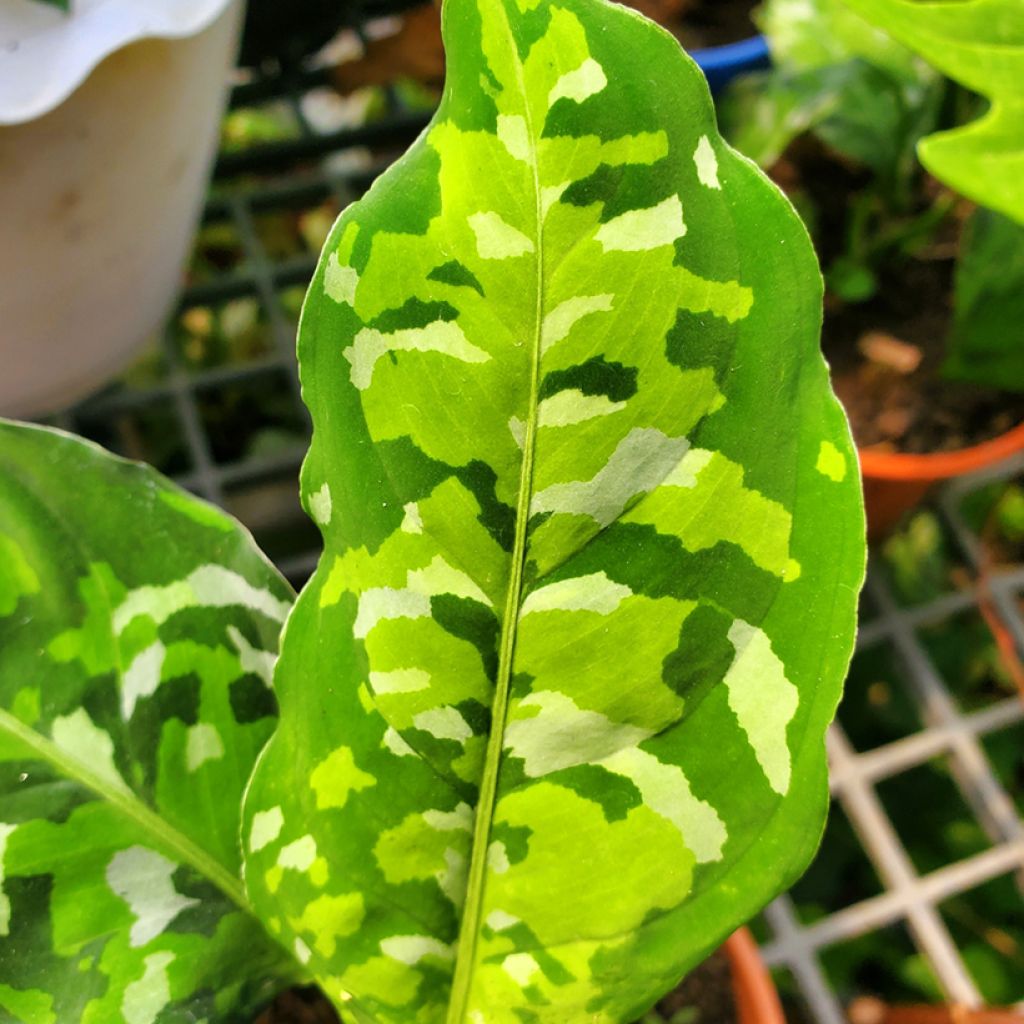

Aglaonema pictum Tricolor - Chinese evergreen
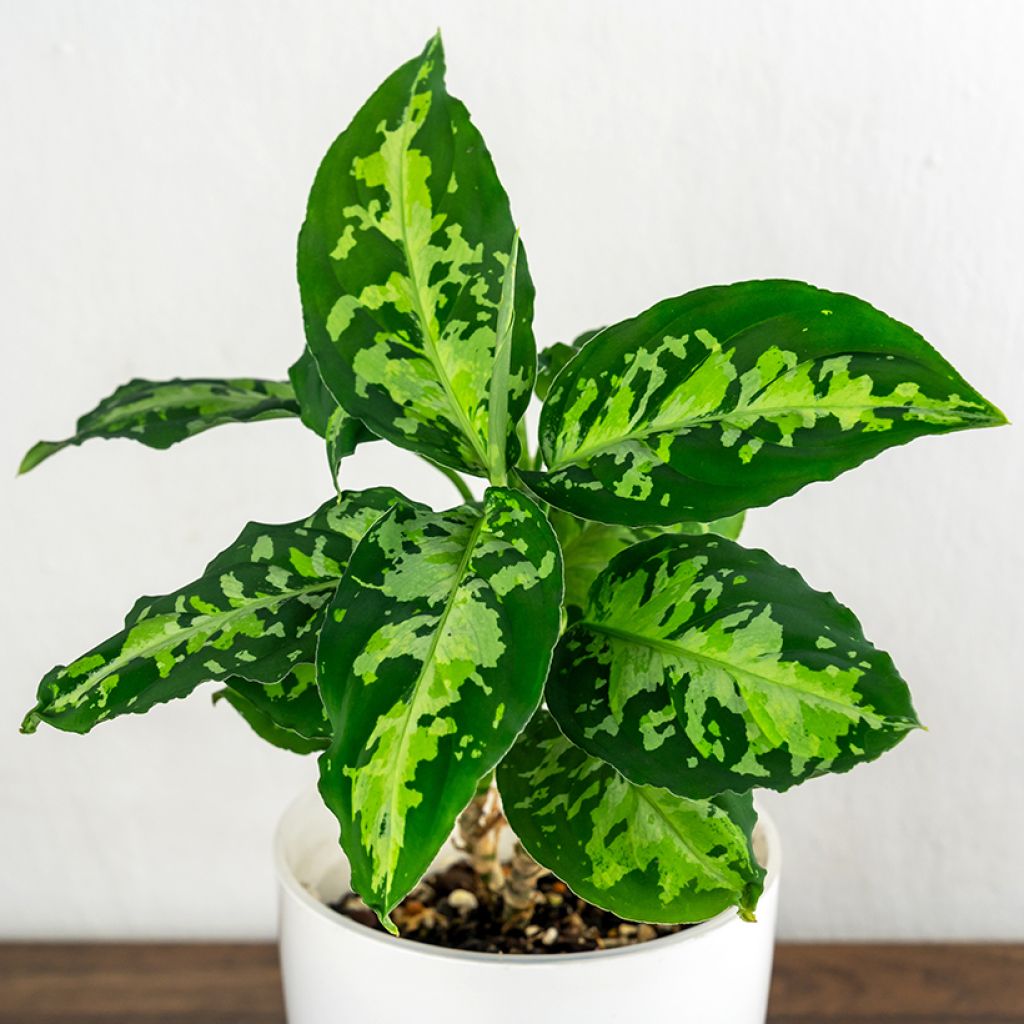

Aglaonema pictum Tricolor - Chinese evergreen
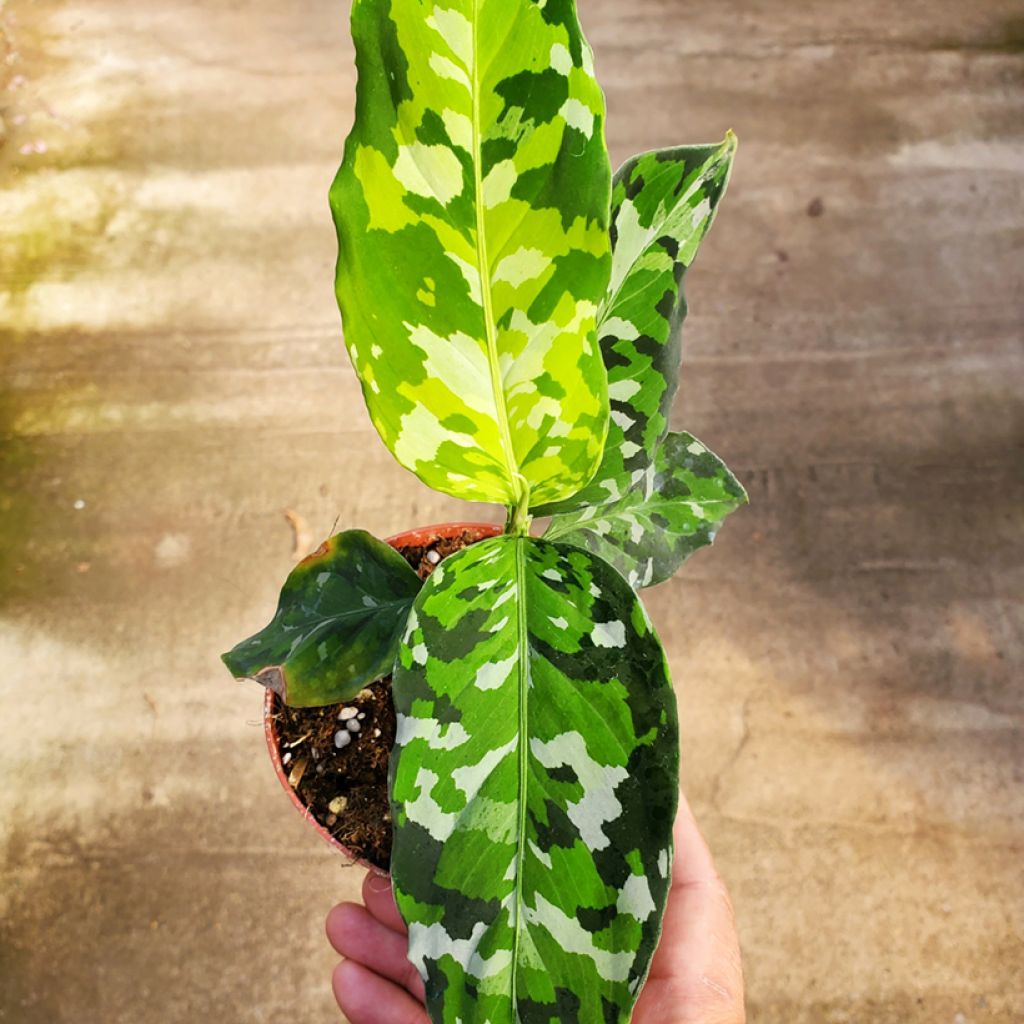

Aglaonema pictum Tricolor - Chinese evergreen
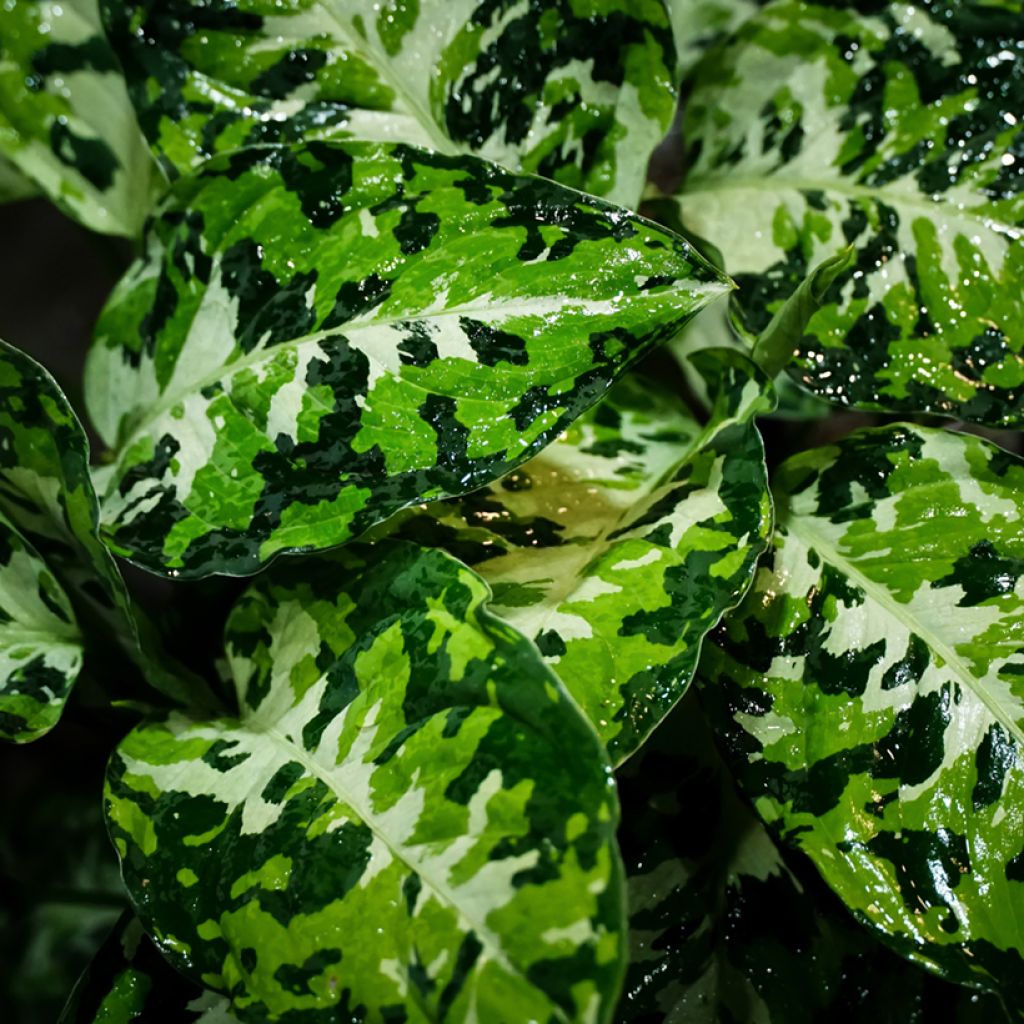

Aglaonema pictum Tricolor - Chinese evergreen
Aglaonema pictum Tricolor - Chinese evergreen
Aglaonema pictum Tricolor
Chinese evergreen
Special offer!
Receive a €20 voucher for any order over €90 (excluding delivery costs, credit notes, and plastic-free options)!
1- Add your favorite plants to your cart.
2- Once you have reached €90, confirm your order (you can even choose the delivery date!).
3- As soon as your order is shipped, you will receive an email containing your voucher code, valid for 3 months (90 days).
Your voucher is unique and can only be used once, for any order with a minimum value of €20, excluding delivery costs.
Can be combined with other current offers, non-divisible and non-refundable.
Home or relay delivery (depending on size and destination)
Schedule delivery date,
and select date in basket
This plant carries a 30 days recovery warranty
More information
We guarantee the quality of our plants for a full growing cycle, and will replace at our expense any plant that fails to recover under normal climatic and planting conditions.
Description
The Aglaonema pictum ‘Tricolor’ is a variety that gained fame a few years ago for its rarity and camouflage-like foliage. Still not widely available on the market today, it is sought after for its unique light green, dark green, and cream speckled leaves resembling a camouflage pattern that varies with each new shoot. Slightly more demanding than other Aglaonemas in terms of growing conditions, this cultivar thrives in high ambient humidity and abundant bright, indirect light with stable temperatures.
The Aglaonema pictum Tricolor belongs to the Araceae family and is a horticultural cultivar grown for its ornamental qualities. This perennial exhibits slow growth, typically reaching a height of 40 cm to 1 m depending on growing conditions, with a spread of up to 60 cm. Its habit is both bushy and upright, forming a compact clump of evergreen leaves. Borne on long petioles, the leaves are broad, lanceolate or ovate. Though rare indoors, flowering may occur in late summer in the form of white or yellow spathes typical of Araceae.
The Aglaonema genus includes around 60 species native to the tropical forests of Southeast Asia, particularly Thailand, Indonesia, and Malaysia. These plants thrive under the canopy of humid forests, benefiting from filtered light and a warm, humid atmosphere.
Indoors, the Aglaonema pictum 'Tricolor' prefers bright, indirect light without direct sunlight for 8 to 10 hours a day, which may require supplementary growing lights. High ambient humidity around 70%, is essential, together with temperatures between 18°C and 26°C. It is crucial to protect the plant from draughts. You can maintain consistent high humidity by placing the plant in a terrarium, a plant cabinet, or using a humidifier in the room. Regular but moderate watering is recommended, allowing the soil to dry slightly between waterings.
Warning - The Aglaonema is toxic if ingested due to the presence of calcium oxalate crystals, which can irritate mucous membranes.
This plant is also known for its air-purifying properties, particularly its ability to absorb molecules such as benzene and formaldehyde.
The Aglaonema pictum 'Tricolor' fits well into a collection under the care of an experienced indoor plant enthusiast who has the right setup. It pairs beautifully in a large terrarium or a well-equipped glass cabinet alongside other delicate Araceae. If you can provide the required humidity and light in a standard living room, it will look stunning on a rattan pedestal or wooden furniture, accompanied by Alocasias or Philodendrons. Together, these plants will create a lush display.
Report an error about the product description
Aglaonema pictum Tricolor - Chinese evergreen in pictures


Foliage
Plant habit
Botanical data
Aglaonema
pictum
Tricolor
Araceae
Chinese evergreen
Cultivar or hybrid
Safety measures
Location
Location
Maintenance and care
Watering tips
Potting advice, substrates and fertilisers
Houseplant care
Disease and pest advice
Maintenance and care
This item has not been reviewed yet - be the first to leave a review about it.
Haven't found what you were looking for?
Hardiness is the lowest winter temperature a plant can endure without suffering serious damage or even dying. However, hardiness is affected by location (a sheltered area, such as a patio), protection (winter cover) and soil type (hardiness is improved by well-drained soil).

Photo Sharing Terms & Conditions
In order to encourage gardeners to interact and share their experiences, Promesse de fleurs offers various media enabling content to be uploaded onto its Site - in particular via the ‘Photo sharing’ module.
The User agrees to refrain from:
- Posting any content that is illegal, prejudicial, insulting, racist, inciteful to hatred, revisionist, contrary to public decency, that infringes on privacy or on the privacy rights of third parties, in particular the publicity rights of persons and goods, intellectual property rights, or the right to privacy.
- Submitting content on behalf of a third party;
- Impersonate the identity of a third party and/or publish any personal information about a third party;
In general, the User undertakes to refrain from any unethical behaviour.
All Content (in particular text, comments, files, images, photos, videos, creative works, etc.), which may be subject to property or intellectual property rights, image or other private rights, shall remain the property of the User, subject to the limited rights granted by the terms of the licence granted by Promesse de fleurs as stated below. Users are at liberty to publish or not to publish such Content on the Site, notably via the ‘Photo Sharing’ facility, and accept that this Content shall be made public and freely accessible, notably on the Internet.
Users further acknowledge, undertake to have ,and guarantee that they hold all necessary rights and permissions to publish such material on the Site, in particular with regard to the legislation in force pertaining to any privacy, property, intellectual property, image, or contractual rights, or rights of any other nature. By publishing such Content on the Site, Users acknowledge accepting full liability as publishers of the Content within the meaning of the law, and grant Promesse de fleurs, free of charge, an inclusive, worldwide licence for the said Content for the entire duration of its publication, including all reproduction, representation, up/downloading, displaying, performing, transmission, and storage rights.
Users also grant permission for their name to be linked to the Content and accept that this link may not always be made available.
By engaging in posting material, Users consent to their Content becoming automatically accessible on the Internet, in particular on other sites and/or blogs and/or web pages of the Promesse de fleurs site, including in particular social pages and the Promesse de fleurs catalogue.
Users may secure the removal of entrusted content free of charge by issuing a simple request via our contact form.
The flowering period indicated on our website applies to countries and regions located in USDA zone 8 (France, the United Kingdom, Ireland, the Netherlands, etc.)
It will vary according to where you live:
- In zones 9 to 10 (Italy, Spain, Greece, etc.), flowering will occur about 2 to 4 weeks earlier.
- In zones 6 to 7 (Germany, Poland, Slovenia, and lower mountainous regions), flowering will be delayed by 2 to 3 weeks.
- In zone 5 (Central Europe, Scandinavia), blooming will be delayed by 3 to 5 weeks.
In temperate climates, pruning of spring-flowering shrubs (forsythia, spireas, etc.) should be done just after flowering.
Pruning of summer-flowering shrubs (Indian Lilac, Perovskia, etc.) can be done in winter or spring.
In cold regions as well as with frost-sensitive plants, avoid pruning too early when severe frosts may still occur.
The planting period indicated on our website applies to countries and regions located in USDA zone 8 (France, United Kingdom, Ireland, Netherlands).
It will vary according to where you live:
- In Mediterranean zones (Marseille, Madrid, Milan, etc.), autumn and winter are the best planting periods.
- In continental zones (Strasbourg, Munich, Vienna, etc.), delay planting by 2 to 3 weeks in spring and bring it forward by 2 to 4 weeks in autumn.
- In mountainous regions (the Alps, Pyrenees, Carpathians, etc.), it is best to plant in late spring (May-June) or late summer (August-September).
The harvesting period indicated on our website applies to countries and regions in USDA zone 8 (France, England, Ireland, the Netherlands).
In colder areas (Scandinavia, Poland, Austria...) fruit and vegetable harvests are likely to be delayed by 3-4 weeks.
In warmer areas (Italy, Spain, Greece, etc.), harvesting will probably take place earlier, depending on weather conditions.
The sowing periods indicated on our website apply to countries and regions within USDA Zone 8 (France, UK, Ireland, Netherlands).
In colder areas (Scandinavia, Poland, Austria...), delay any outdoor sowing by 3-4 weeks, or sow under glass.
In warmer climes (Italy, Spain, Greece, etc.), bring outdoor sowing forward by a few weeks.





























